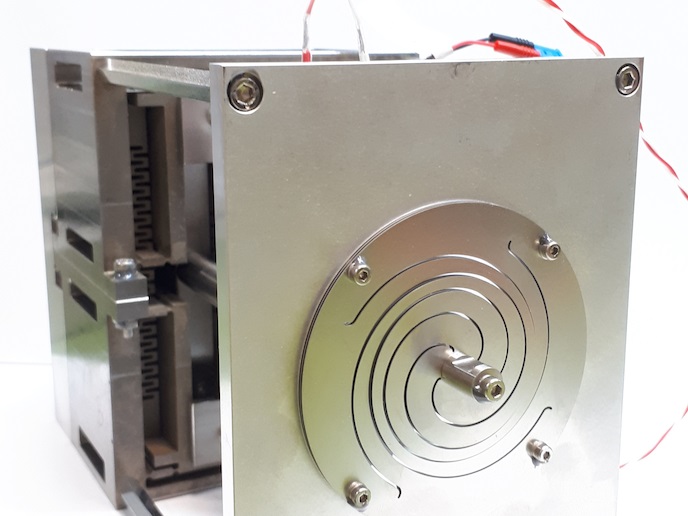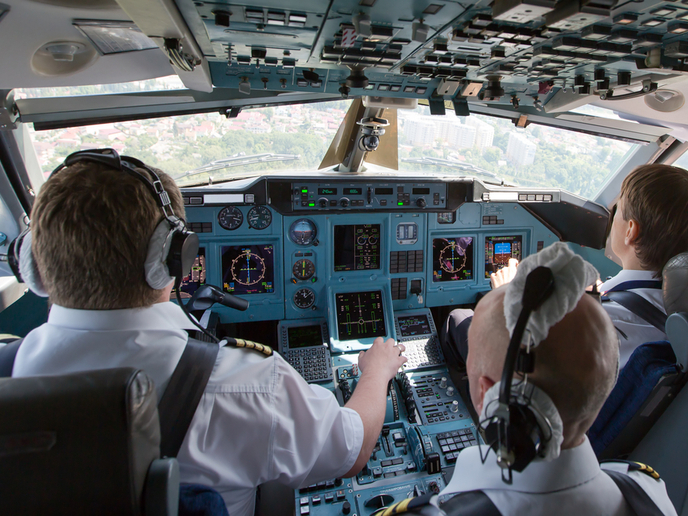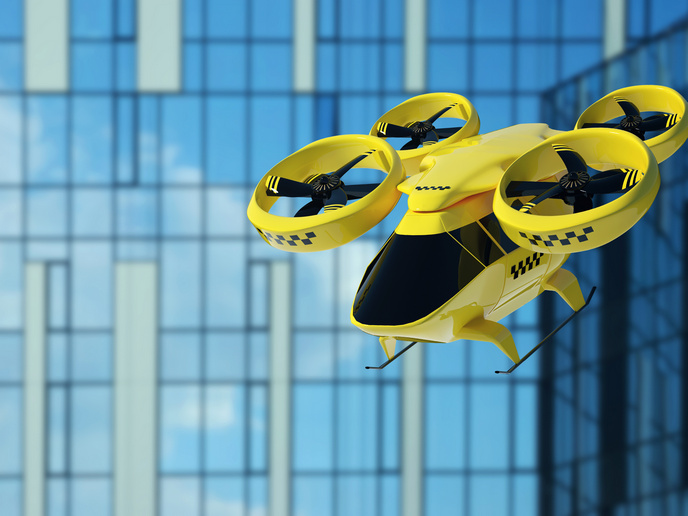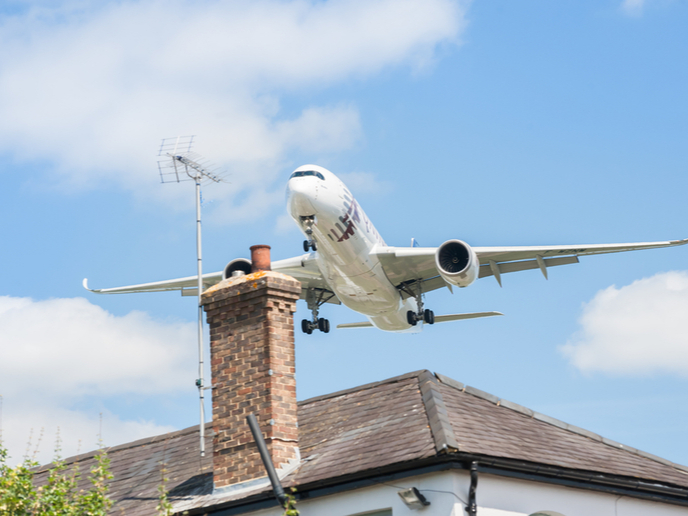A powerful piezoelectric actuator for aircraft landing gear
More electrically powered aircraft systems would reduce weight, cutting fuel consumption and harmful emissions, benefiting the environment, alongside airline and consumer costs. Hydraulic systems are prime candidates for replacement with electric components. “Electrifying these systems also reduces pollution and maintenance time and money because they involve leaky oils,” says Alexandre Pages, coordinator of the EU-funded AUDACITY project. AUDACITY designed a demonstrator of a compact piezoelectric actuator for future locking applications in landing gear systems and powerful enough to lift 35 kg.
Actuators
Actuators (in simple terms, motors) are the parts of mechanical systems responsible for movement. Hydraulic actuators accomplish this by converting the energy generated by fluids into mechanical energy. AUDACITY was interested in designing an electric actuator responsible for the small latch mechanism in aircraft which locks landing gear in place once it is in position, down for landing or up for flight. The technical requirement is to achieve a high power-to-weight ratio, combined with a long stroke mechanism. “Our challenge, implicit in the project’s acronym AUDACITY, was that hydraulic actuators are powerful and efficient, so already successful,” adds Pages. AUDACITY’s solution was based on piezoelectric actuator technology. Here the energy to power mechanical components comes from an electric charge generated by mechanical stress. “Although this piezo approach wasn’t new, there remained a number of limitations, such as thermal stability, limited speed, power management, and poor friction interfaces,” explains Pages. “We have combined solutions for each problem to create a demonstrator.”
Building momentum
The team worked with experts (including Francesco Massi, a professor at the University of Rome) in tribology – the science of friction – at the University (project partner). Being able to manage the inevitable friction that actuators generate is key to their reliability – especially true in aircraft, with their strict safety requirements. The second key design requirement was to accommodate micro-movements (10 to 100 microns small) which could trigger thermomechanical mismatches, compromising the reliability of the system. To achieve this, the team worked with another partner CSEM in Switzerland. Finally, the electronics had to provide the required power. For this, the project host CEDRAT TECHNOLOGIES supplied a solution based on a switching amplifier, SA75D, which enabled high piezoelectric conversion efficiency. This solution can also harvest energy between steps of the piezo motor, keeping the design compact and offering low-energy consumption. “Piezoelectric actuators are typically not very efficient compared with other conventional solutions. To move large payloads, you need powerful electronics. I’m convinced that we have designed the most powerful piezo motor in the world. We demonstrated its ability to lift 35 kilos at 10 millimetres a second over a large range of temperatures, which is a breakthrough,” notes Pages.
Pivoting to other markets
AUDACITY contributes directly to the More Electric Aircraft (MEA) concept, as well as the EU’s Clean Sky initiative, both seeking to reduce the environmental impact of the aviation industry. The project also helps boost European competitiveness along the supply chains developing the necessary technologies. The AUDACITY piezoelectric actuator remains an early prototype, which has been successfully lab-tested to validate the design, but still requires manufacturing and testing in operational environments, before it could be commercially available for aircraft. Meanwhile, CEDRAT is exploring other applications for the technology. “We are already using the individual technologies in other markets, such as the ITER nuclear fusion energy programme and are looking at extremely large telescopes where really heavy optics need to be moved precisely, slowly and reliably,” concludes Pages. “Exactly the specifications AUDACITY achieved.”
Keywords
AUDACITY, actuator, piezoelectric, aircraft, hydraulic, oil, pollution, Clean Sky







